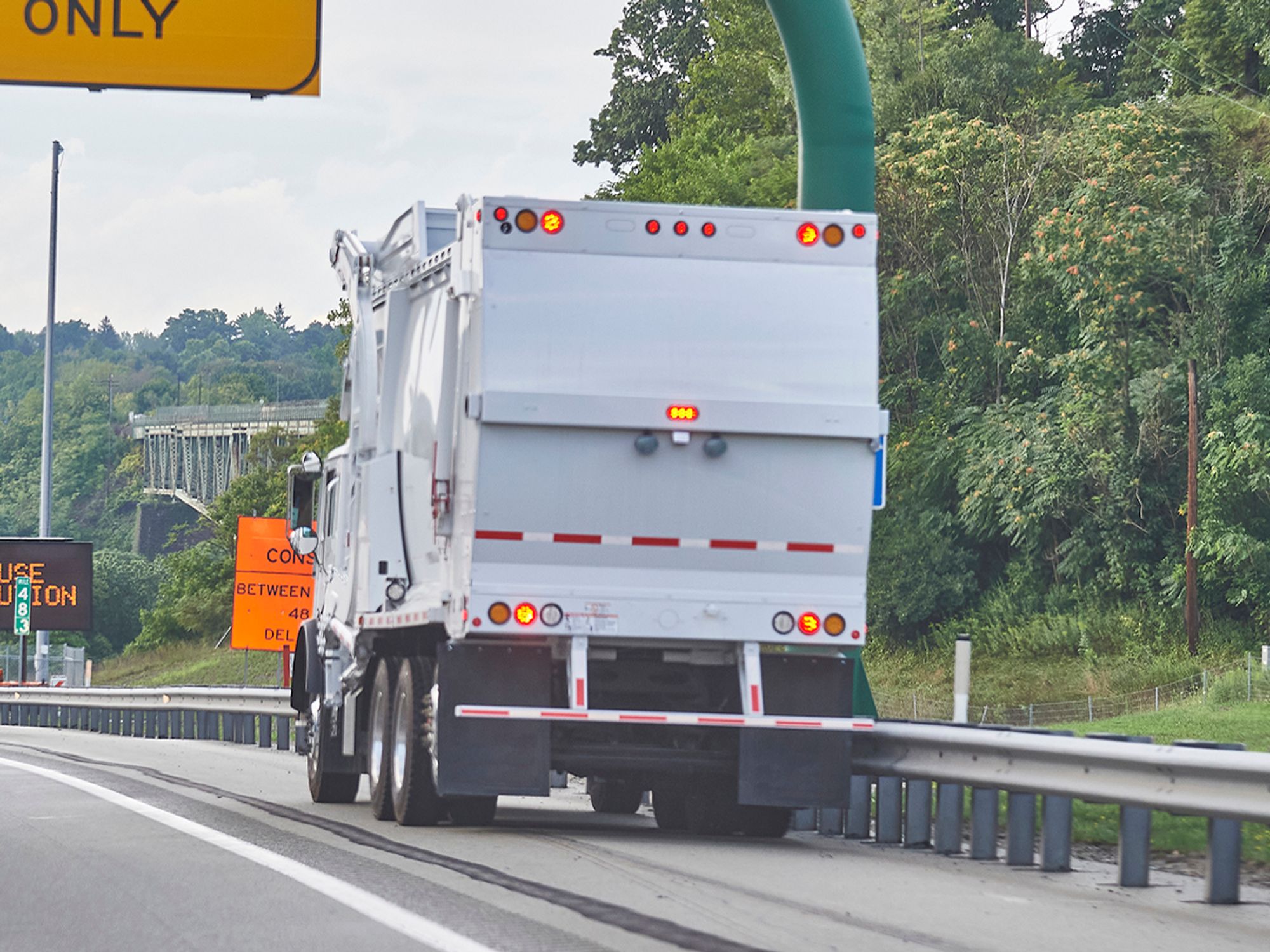InstituteFleet SafetyDefensive drivingTransportationCMV drivingEnglishAnalysisFocus AreaCompliance and Exceptions (Level 2)USA
Operational requirements: stopping on the road or shoulder
['CMV driving']

- When stopped on the shoulder or traveled part of the roadway, the commercial motor vehicle (CMV) driver must immediately turn on emergency warning flashers and, within no more than 10 minutes, place emergency warning devices on the roadway.
- The use of emergency warning flashers must continue until the emergency warning devices are in place.
CMV drivers who stop their vehicles on the shoulder or the traveled part of a roadway (other than for a normal traffic stop) need to minimize risks and alert other drivers to their presence. This is done by:
- Stopping as far out of the way of other traffic as is safely possible;
- Immediately turning on the vehicle’s emergency warning flashers; and
- Within no more than 10 minutes, placing emergency warning devices.
Warning devices typically consist of 3 reflective triangles, but flares or “fusees” may also be used unless the vehicle is carrying explosives or a flammable gas or liquid, or uses compressed gas as a motor fuel. The following diagrams show how warning devices are to be placed, but see 392.22 for details.
Be aware that special rules apply to the use and placement of flame-producing emergency signals. See 392.22 through 392.25 for details.
Warning devices must be placed in the following order:
| If the road type is... | The placement of warning devices is... |
|---|---|
| Two-lane road | On the traffic side of the vehicle 4 paces (approximately 10 feet or 3 meters) from the front or rear, depending on traffic direction. Also place a device 40 paces (approximately 100 feet or 30 meters) behind and a device 40 paces (approximately 100 feet or 30 meters) ahead of the vehicle on the shoulder or in the lane the vehicle is in. |
| Within 500 ft. of a hill, curve, or obstruction | 100 to 500 ft. from the vehicle in the direction of the obstruction. Place the other two according to the rules for two-lane or divided highways. |
| One-way or divided highway | 10, 100, and 200 ft. of the rear of the vehicle, toward the approaching traffic. |
